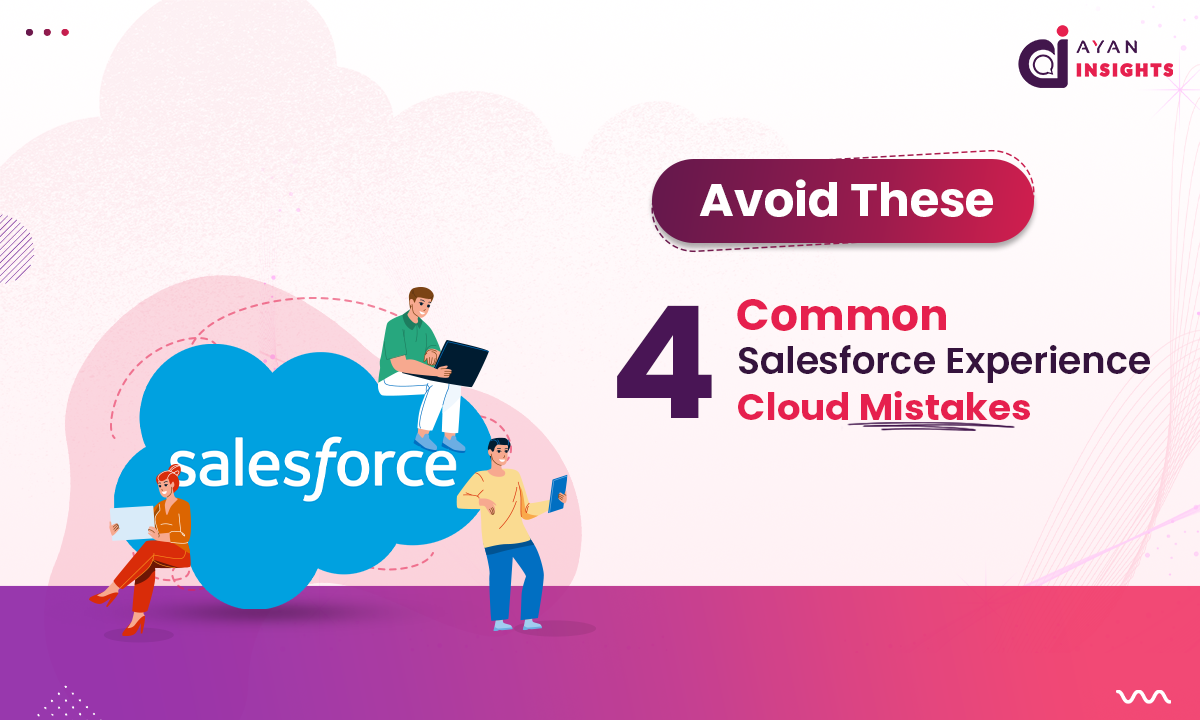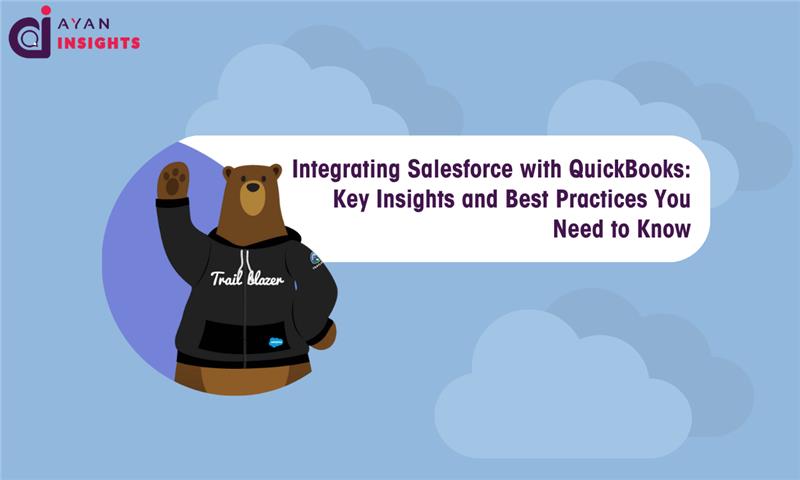Salesforce Experience Cloud is an effective solution which helps companies to shape unique online experiences of clients, business partners, and personnel. Experience Cloud can be an incredibly asset to your organization whether you are implementing a customer portal or partner community or employee intranet. There are challenges that come with it; however, just like any strong platform, implementation has its own problems.
This blog will cover four traps that companies can commit when adopting the Salesforce Community (Experience Cloud) and give practical recommendations on how to prevent them.


















